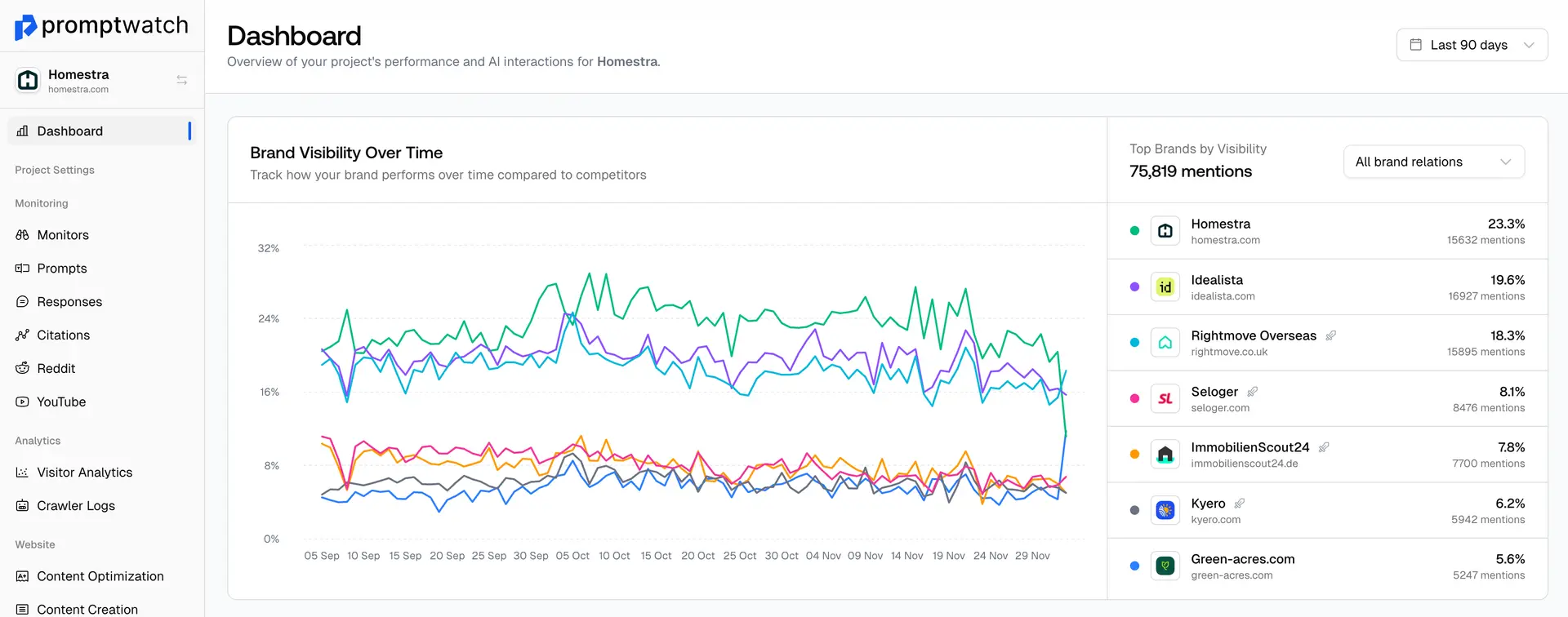Definition
OpenAI is a leading artificial intelligence research company founded in 2015 with the mission to ensure that artificial general intelligence (AGI) benefits all of humanity. Originally established as a non-profit, OpenAI transitioned to a 'capped-profit' model in 2019 to attract investment while maintaining its commitment to beneficial AI development.
The company is best known for creating groundbreaking AI models including the GPT (Generative Pre-trained Transformer) series, DALL-E for image generation, and Whisper for speech recognition. OpenAI's ChatGPT, launched in 2022, sparked widespread public interest in AI and became one of the fastest-growing consumer applications in history.
For businesses focused on GEO and AI optimization, OpenAI's models represent critical platforms because of their widespread adoption in consumer and enterprise applications. ChatGPT's massive user base makes it a primary target for GEO strategies, as millions of users rely on it for information, recommendations, and problem-solving.
OpenAI's API services also power numerous third-party applications, extending the reach of their models across various industries and use cases. The company's ongoing research in AI capabilities, safety, and alignment continues to influence the broader AI landscape, making their models and research essential considerations for any comprehensive AI optimization strategy.
Examples of OpenAI
- OpenAI's GPT-4 powering ChatGPT and numerous enterprise applications worldwide
- Businesses using OpenAI's API to integrate AI capabilities into their products and services
- OpenAI's research on AI alignment and safety influencing industry-wide best practices
